What Is Mole Plant Euphorbia: Information On Grow A Mole Spurge Plant
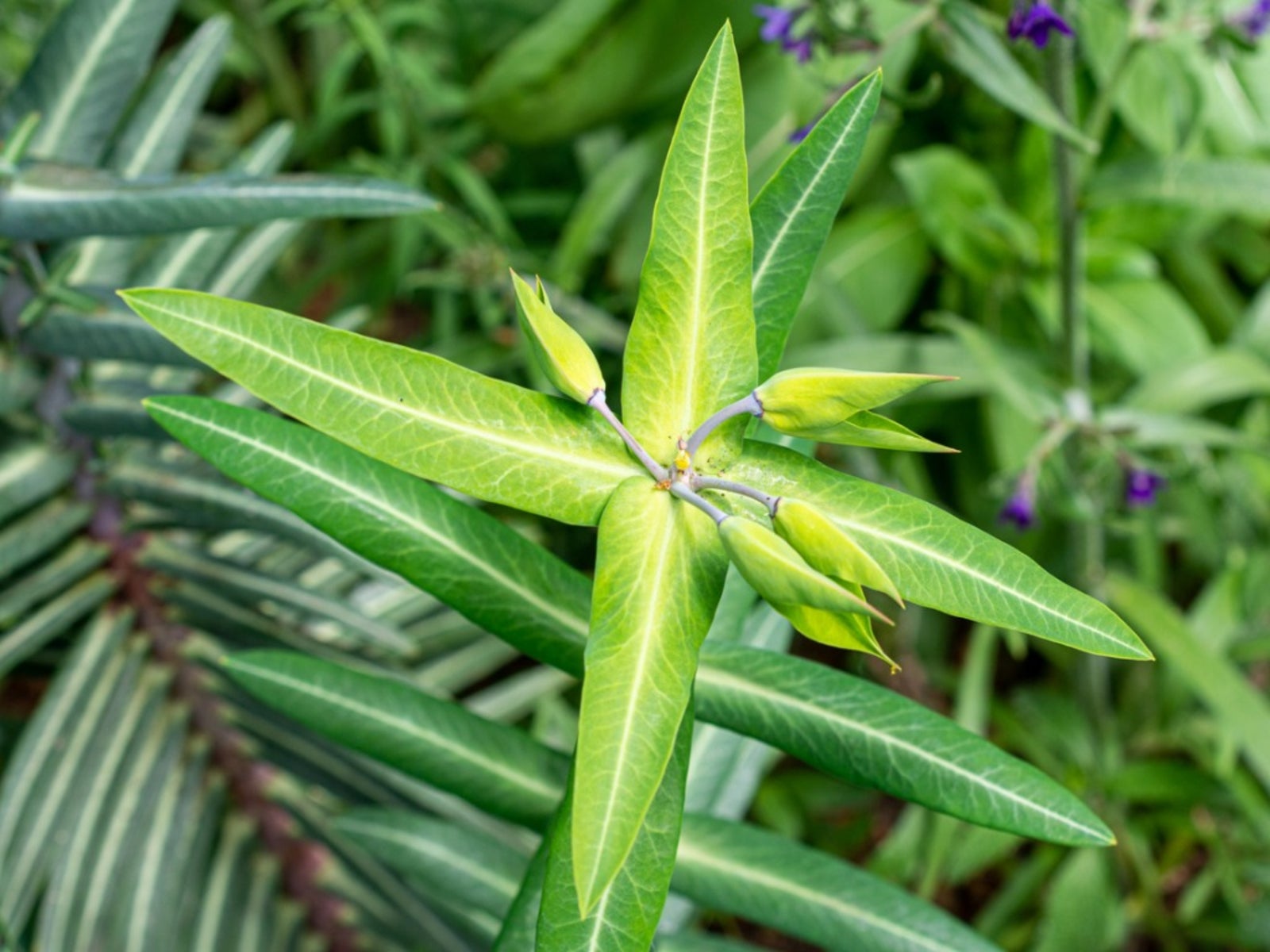

You've probably seen the mole plant euphorbia blooming in pastures or meadows, sometimes in a yellow mass. Of course, if you're not familiar with the name, this may leave you wondering, “What is a mole plant?”. Read on to find out more.
About Mole Plants
Botanically the mole plant is called Euphorbia lathyris. Other common names are caper spurge, leafy spurge, and gopher spurge. Caper spurge mole plant is either an annual or biennial plant that exudes latex when cut or broken. It has cup-shaped, greenish or yellow flowers. The plant is upright, leaves are linear and bluish-green in color. Unfortunately, all parts of the mole spurge plant are poisonous. Please don't mistake it for the plant that produces capers, as some have, since the poison in the caper spurge mole plant can be quite toxic. Despite its toxicity, various parts of the mole spurge plant have been used medicinally through the years. The seeds were used by French peasants as a purgative, similar to castor oil. Folklore about mole plants says the latex has been used for cancers and warts. Further information about mole plants says it is a Mediterranean native, brought to the United States for the use of repelling rodents in orchards and various other agricultural locations. The mole spurge plant escaped its boundaries and self-seeded rampantly on both the east and west coasts of the U.S.
Mole Spurge Plant in Gardens
If the mole plant euphorbia is growing in your landscape, you may be one of the recipients of self-seeding. Spread may sometimes be controlled by removing flower heads before they go to seed. If you've noticed a decline in bothersome rodents or moles in your landscape, you may thank the mole plant euphorbia and continue to let it grow. Each gardener will have to decide if the mole spurge plant is an effective repellent plant or a noxious weed in their landscape. The mole plant euphorbia is not likely to be considered an ornamental by most gardeners or by information about mole plants. Learning more about mole plants can help you control it should you decide it is not needed as a repellent plant. Control of mole plant can be as simple as digging plants up by the roots before they go to seed. Now you've learned what a mole plant is and useful information about the mole plant, including its uses.
Gardening tips, videos, info and more delivered right to your inbox!
Sign up for the Gardening Know How newsletter today and receive a free copy of our e-book "How to Grow Delicious Tomatoes".

Becca Badgett was a regular contributor to Gardening Know How for ten years. Co-author of the book How to Grow an EMERGENCY Garden, Becca specializes in succulent and cactus gardening.
-
 Looking For Plants To Give You The Soft And Fuzzies? Try These 5 Fuzzy Leaf Plant Options
Looking For Plants To Give You The Soft And Fuzzies? Try These 5 Fuzzy Leaf Plant OptionsLovers of texture, drama, silver foliage and tactile plants will adore these special sensory garden additions. These fuzzy leaf plant options will leave you all aglow
By Susan Albert
-
 Get Ready For A Summer Of Hummers! Grow These Full Sun Hummingbird Plants and Flowers
Get Ready For A Summer Of Hummers! Grow These Full Sun Hummingbird Plants and FlowersIf you’re lucky enough to enjoy a sunny backyard, make sure you are maxing out on your pollinator opportunities and grow these full sun hummingbird plants and flowers
By Tonya Barnett
-
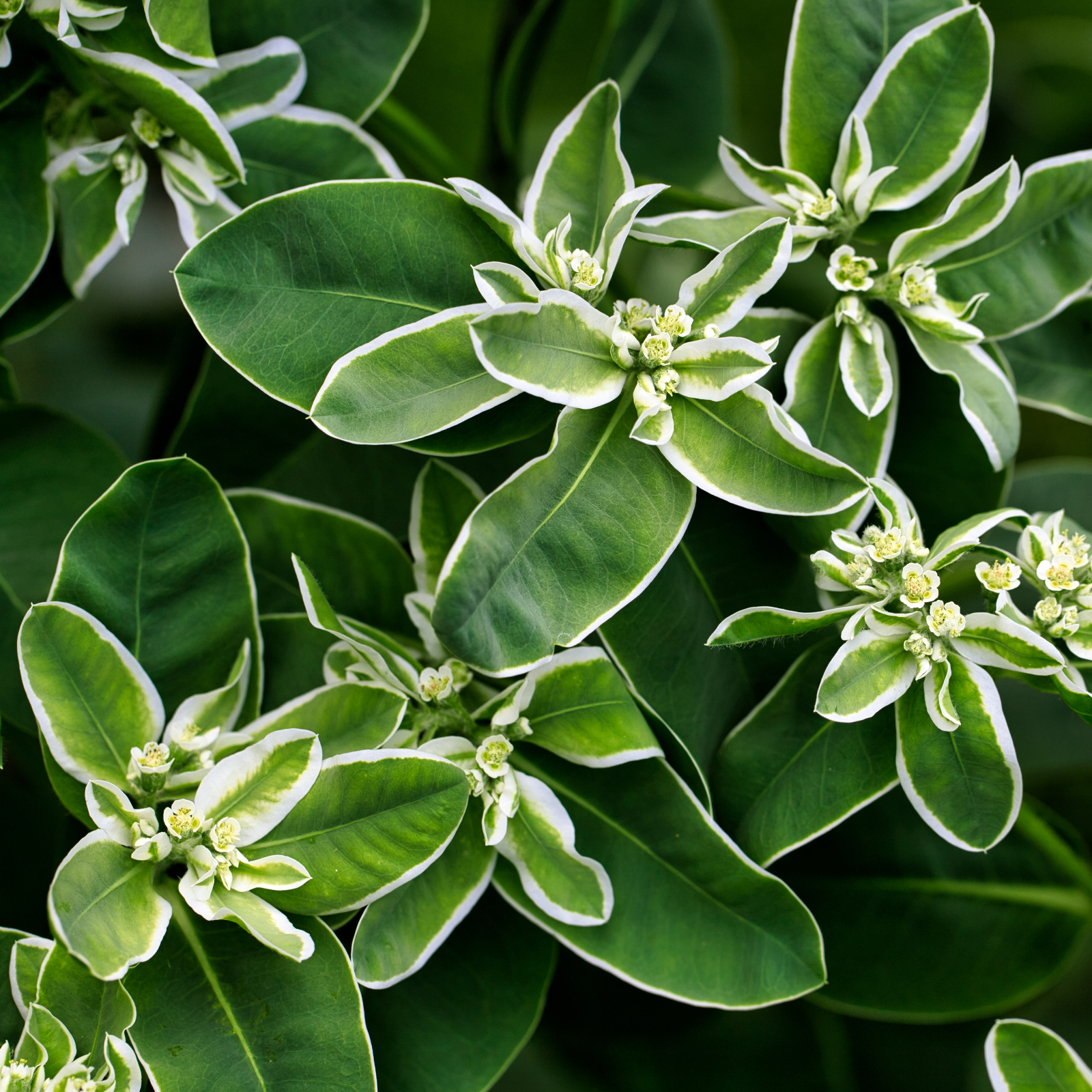 Snow On The Mountain (Euphorbia Marginata): Complete Care And Growing Guide
Snow On The Mountain (Euphorbia Marginata): Complete Care And Growing GuideSnow on the Mountain is a unique succulent plant that is native to North America. Learn all about Euphorbia marginata and how to care for it in your garden.
By Bonnie L. Grant
-
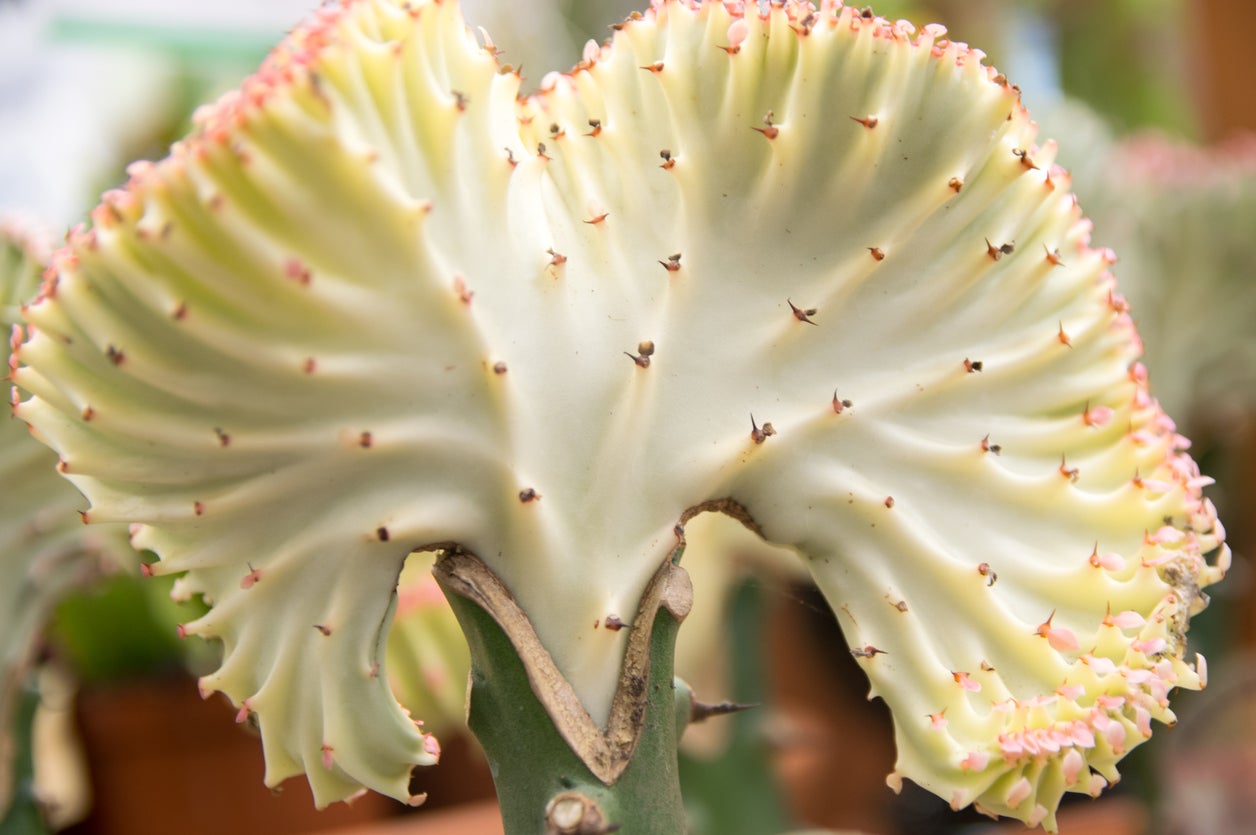 Euphorbia Stem Rot Issues – Reasons For A Rotting Candelabra Cactus
Euphorbia Stem Rot Issues – Reasons For A Rotting Candelabra CactusCandelabra cactus stem rot, also called euphorbia stem rot, is caused by a fungal disease. The tall stems of euphorbia begin to rot at the top of the limbs once the fungus takes hold. Click this article for more information about this disease.
By Becca Badgett
-
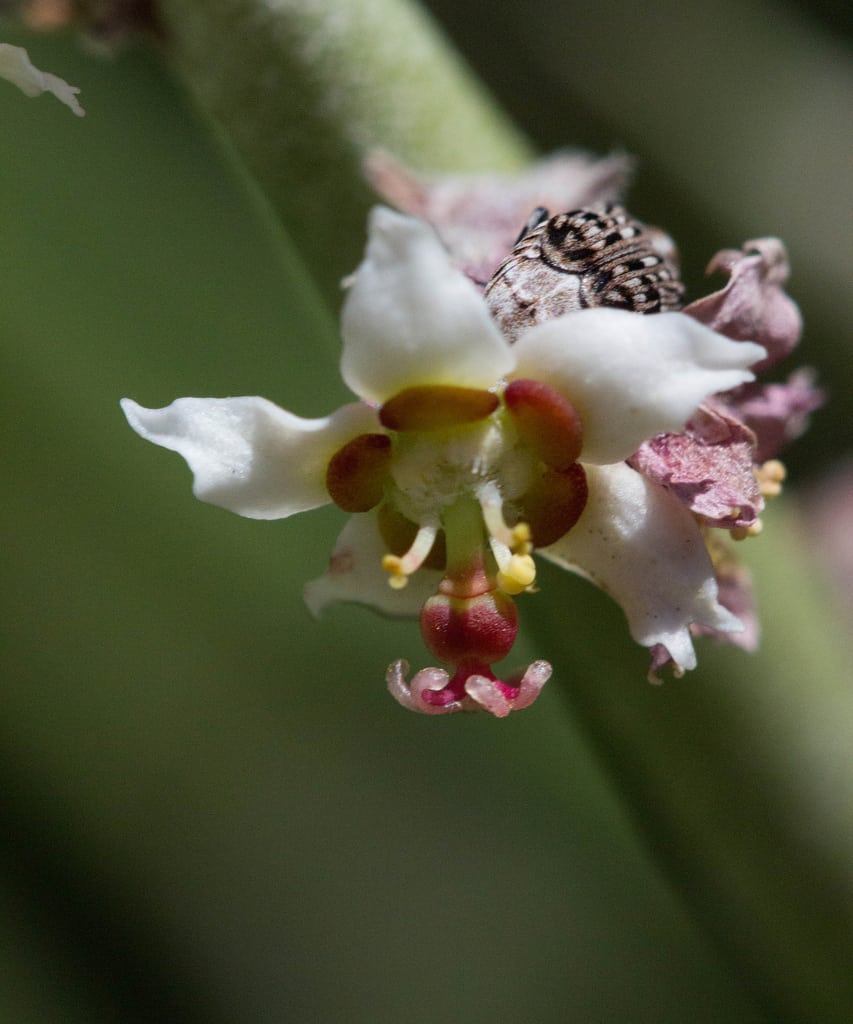 What Is A Candelilla Plant – How To Grow A Wax Euphorbia Succulent
What Is A Candelilla Plant – How To Grow A Wax Euphorbia SucculentSucculent lovers should definitely have a wax euphorbia succulent in their collection. There are no serious pests or disease associated with this plant and it has an ease of care which appeals to forgetful gardeners. Learn about growing a candelilla euphorbia here.
By Bonnie L. Grant
-
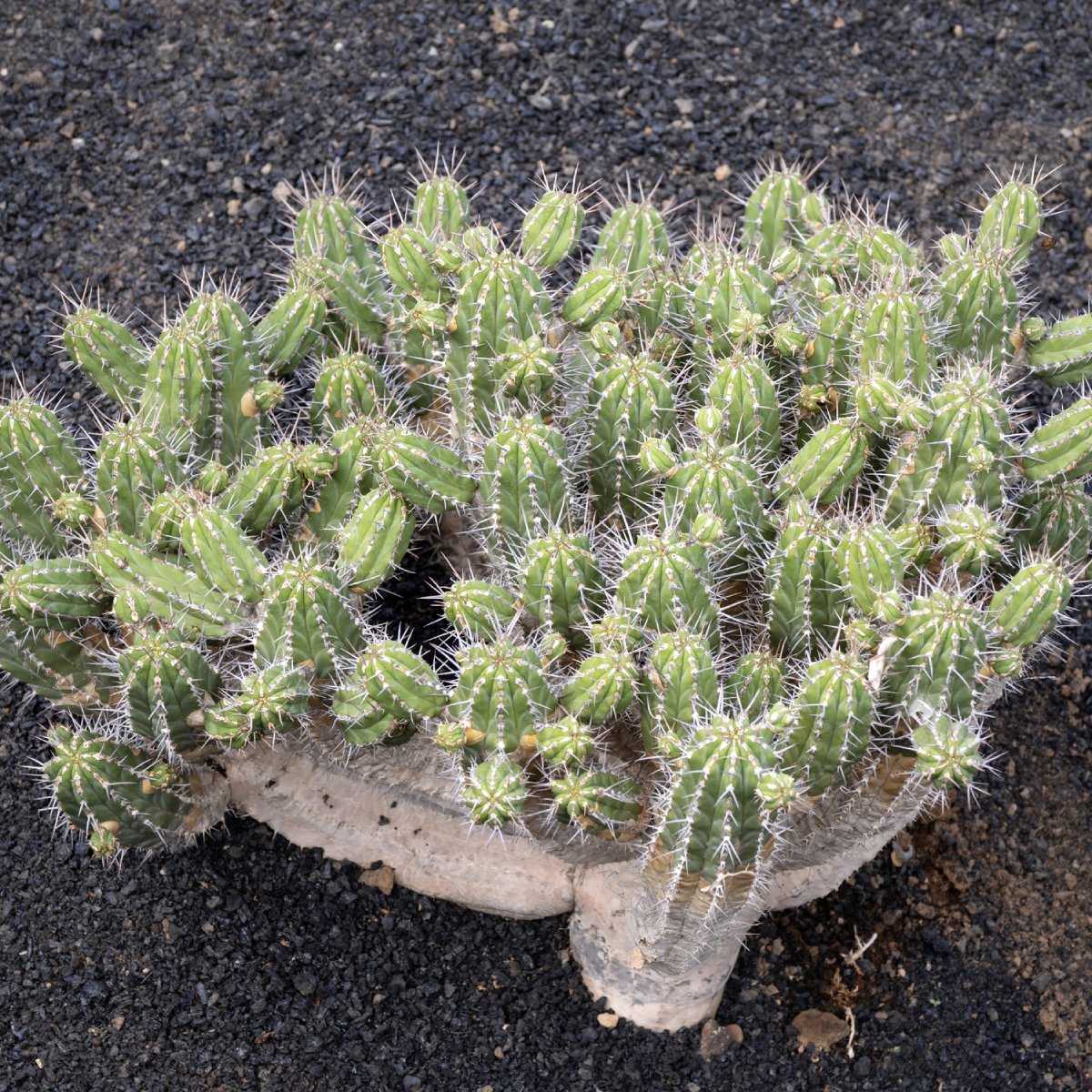 Moroccan Mound Succulents: How To Grow Euphorbia Resinifera Plant
Moroccan Mound Succulents: How To Grow Euphorbia Resinifera PlantBy Amy Grant
-
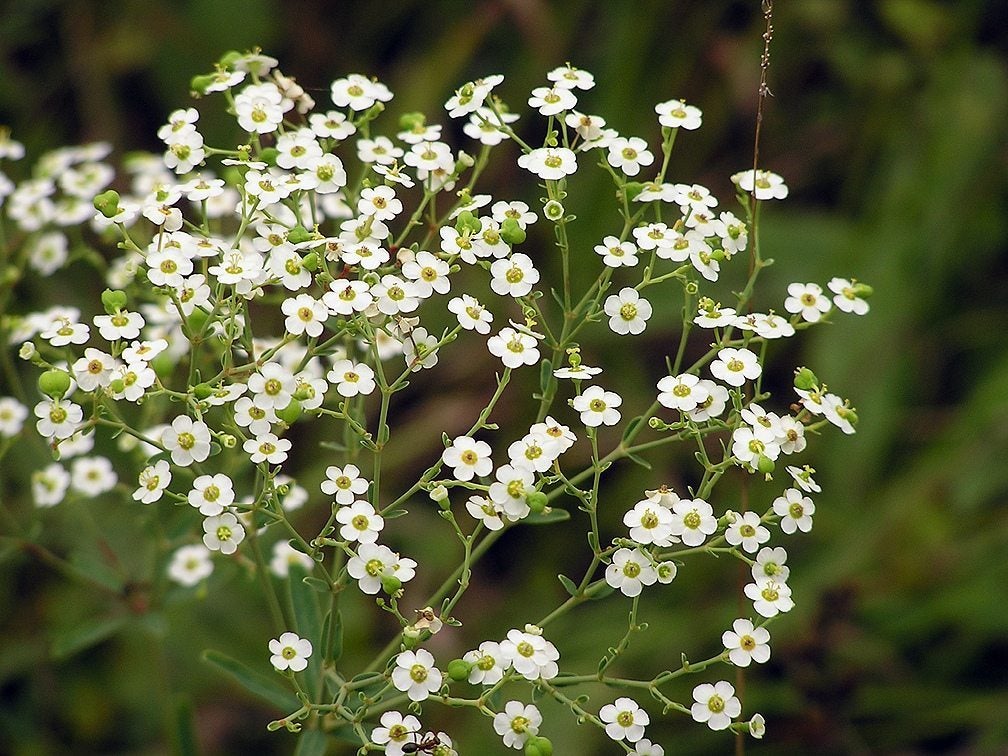 Flowering Spurge Info – Learn How To Grow Flowering Spurge Plants
Flowering Spurge Info – Learn How To Grow Flowering Spurge PlantsAlso known as baby's breath of the prairie, flowering spurge plants produce white, green-centered flowers from early summer to late summer. Growing flowering spurge isn't difficult as long as you can provide the right conditions. Click here to learn more.
By Mary H. Dyer
-
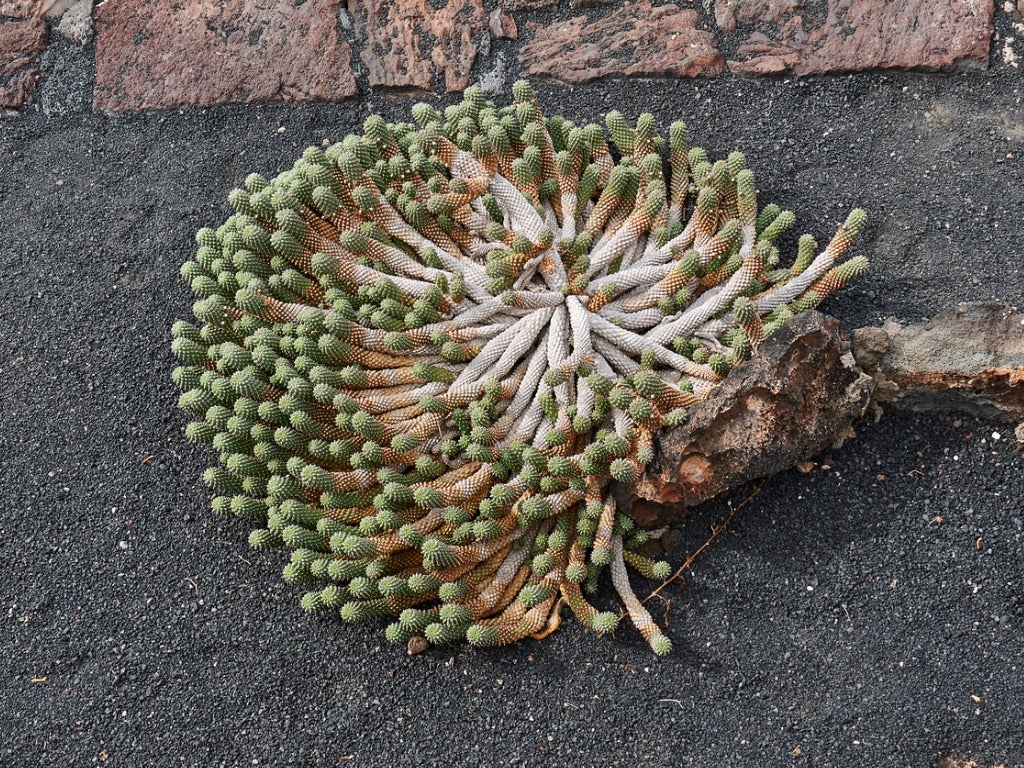 Euphorbia Medusa’s Head Care: How To Grow A Medusa’s Head Plant
Euphorbia Medusa’s Head Care: How To Grow A Medusa’s Head PlantThe genus Euphorbia boasts a number of fascinating and beautiful plants, and the Medusa's Head euphorbia is one of the most unique, with grayish-green, snake-like branches and yellowish-green blooms. Want to learn how to grow a Medusa's Head? Click here.
By Mary H. Dyer
-
 Caring For Dragon Bone Plants – Learn How To Grow Dragon Bones
Caring For Dragon Bone Plants – Learn How To Grow Dragon BonesDragon bone euphorbia is an elegant and structurally unique plant that can live on the patio in summer as long as it is brought indoors before cool temperatures arrive. Learn more about the plant and how to grow it in this article.
By Bonnie L. Grant
-
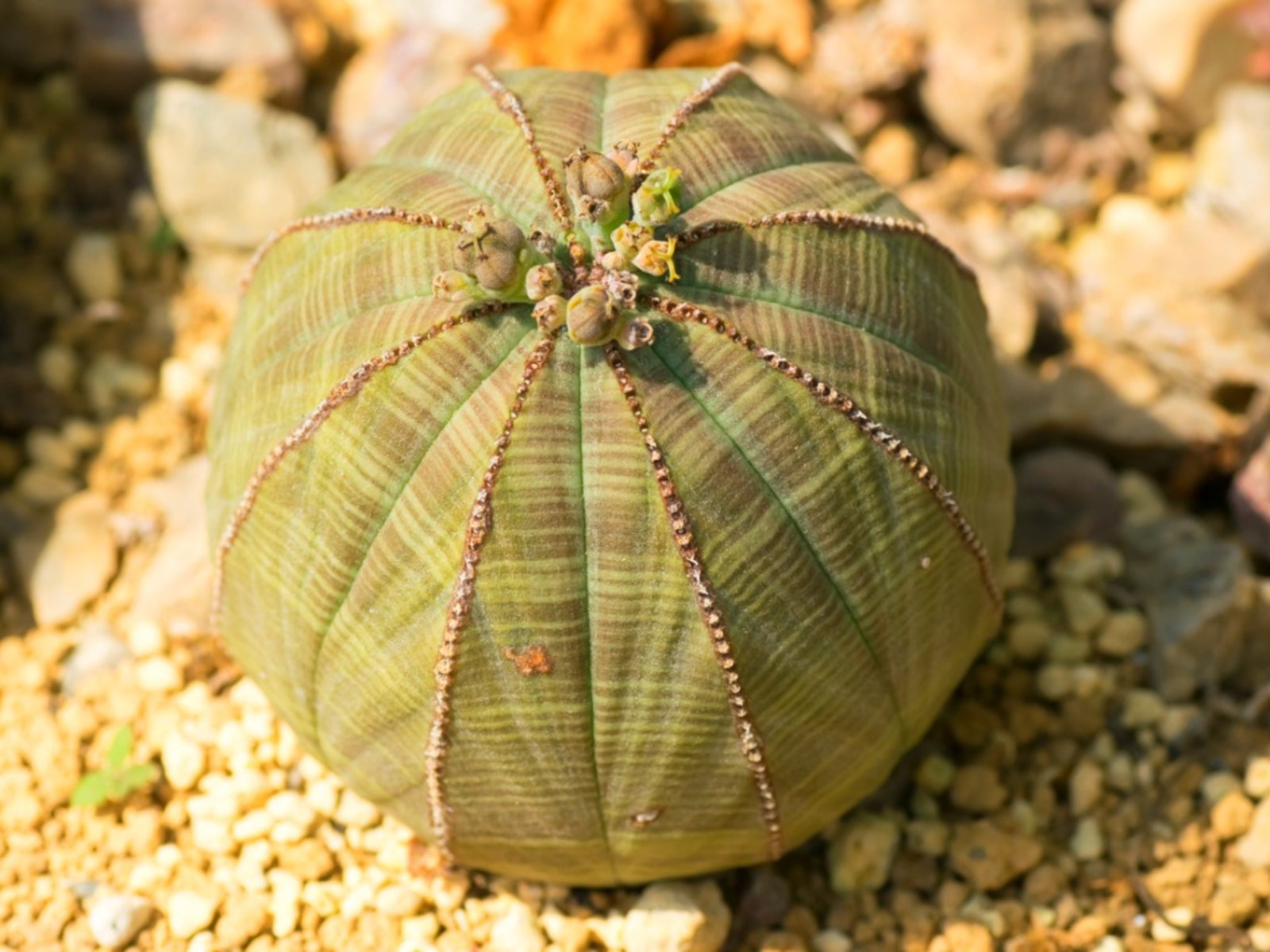 Baseball Plant Info: How To Grow Baseball Euphorbia
Baseball Plant Info: How To Grow Baseball EuphorbiaEuphorbia obesa, also called baseball plant, forms a ball-like segmented shape that is adapted to hot, arid climates. Euphorbia baseball plant makes an excellent houseplant and is low maintenance. Read here to learn more about it.
By Bonnie L. Grant